If you’ve been reading my stuff over the past few weeks, you’ll know I’m pretty pumped about Nvidia’s new GeForce RTX 5090 graphics card.
From having my mind blown when playing the likes of Black Myth: Wukong and Black State, to seeing Cyberpunk 2077 run at over 200 frames per second in 4K with every ray and path tracing feature turned on, the hype is big around this.
And now, we’ve got one to test for ourselves, and it was a pretty revealing experience. Namely, one thing is abundantly clear: it’s not just about raw performance anymore.
Don’t get me wrong — the 5090 is an absolute beast. Those increases in total cores and the wattage going to the GPU will drive a lot of the improvement you’re about to see. But with that massive jump in trillions of AI operations per second (TOPS) alongside that vast increase in total Memory Bandwidth, these will fuel some of the future tech I’ve been talking about like RTX Mega Geometry.
Nvidia is jumping fully onto the DLSS train (a feature that over 80% of Nvidia gamers use on the regular) and stopping by a lot of RTX neural stations to drive a lot of that truly next-gen gaming performance. Let’s get into it.
Nvidia GeForce RTX 5090 desktop GPU: Specs
Swipe to scroll horizontally
| GPU name | RTX 5090 | RTX 4090 |
| Price | $1,999 | $1,599 |
| CUDA cores | 21,760 5th Gen cores | 16,384 4th Gen cores |
| Ray Tracing cores | 170 4th Gen cores | 128 4th Gen cores |
| Tensor cores | 680 5th Gen cores | 512 5th Gen cores |
| Total AI TOPS | 3352 | 1321 |
| Memory | 32GB GDDR7 | 24GB GDDR6 |
| Memory Bandwidth | 1792 GB/s | 1008 GB/s |
| Total Graphics Power | 575 Watts | 450 Watts |
About our RTX 5090 build
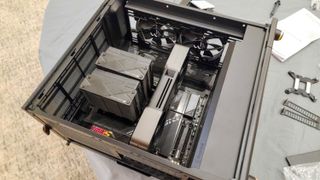
For full transparency, this is the PC we built for our testing. Our master builder Matthew Murray will have a piece about his building experience real soon!
- CPU: AMD Ryzen 7 9800X3D
- RAM: 64GB Corsair Vengeance 4800 MT/s
- Motherboard: Gigabyte Aorus Elite X870E
- SSD: Samsung 990 Pro 4TB
- Power supply: NZXT 1200-watt PSU
Average 22% improvement
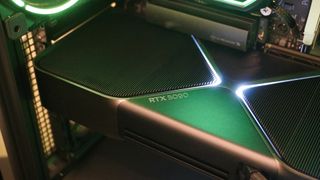
So, I know the first thing everybody wants to see is how are the improvements in rendering without any AI trickery. Nvidia talked so much about “DLSS” this and “neural” that, it started to give a lot of our readers pause in what the actual improvements in raw horsepower would be.
Well, to answer your question, the answer is in line with when you saw the smaller lines on the left side of Nvidia’s graphs — roughly a 20-25% increase in frame rates.
Swipe to scroll horizontally
| Game benchmark | RTX 5090 (FPS) | RTX 4090 (FPS) | % difference |
| Cyberpunk 2077 (4K Ray Tracing: Ultra) | 57.32 | 41.11 | 28.28% |
| Borderlands 3 (4K Ultra) | 176.28 | 130.76 | 25.82% |
| DiRT 5 (4K Ultra) | 227.6 | 185.8 | 18.37% |
| Far Cry 6 (4K Ultra) | 161 | 109 | 32.30% |
| Shadow of the Tomb Raider (4K Ultra) | 166 | 129 | 22.29% |
And if we put it through 3DMark’s benchmarks, you can also see where some of the emphasis lies — improvements in rendering and ray tracing are clear.
Swipe to scroll horizontally
| Benchmark | RTX 5090 | RTX 4090 | % difference |
| 3DMark Time Spy Extreme | 18318 | 17472 | 4.62% |
| 3DMark Fire Strike Ultra | 31602 | 24073 | 23.82% |
| 3DMark Port Royal | 35937 | 25650 | 28.63% |
Now the ultimate question I know a lot of you are asking is simple: are the improvements enough to warrant spending $2,000 on a new GPU? In one word, no. If you’re already on an RTX 4090, then that’s still pretty future-proofed for the next few years — packing enough under the hood to run pretty much all of the oncoming AAA titles at impressive framerates.
Plus DLSS 4 features are indeed coming to this (everything but the multi frame generation), so you’re good for a while to come.
A taste of DLSS takes it even further
Quick disclaimer to start this. DLSS 4 is not quite here yet — we’re waiting on patches for these games to arrive. It looks as if these will all start arriving on January 30, starting with Cyberpunk 2077.
While we wait for DLSS 4 and multi-frame gen patches in all our favorite games, though, we’ve got a good idea of how the improved AI accelerators and 20% increase in Tensor cores over the 4090 increase frame rates in the widely available DLSS 3 and 3.5. Turns out it’s a lot.
Swipe to scroll horizontally
| Game benchmark | RTX 5090 (No DLSS) | RTX 5090 (DLSS Quality) | RTX 5090 (DLSS Balanced) | RTX 5090 (DLSS Performance) |
| F1 23 (4K Ultra) | 103 | 153 | 171 | 192 |
| Assassin's Creed Mirage (4K Ultra) | 146 | 177 | 187 | 199 |
| Cyberpunk 2077 (4K Ray Tracing: Ultra) | 57.32 | n/a | 97.6 | n/a |
That is an average of around 60% smoother frame rates if you were to go up to DLSS Performance modes, and around 25% for the Quality option. With DLSS 3, you’re just getting an additional frame generated. But with DLSS 4’s multi-frame, you’ll be able to see this generate an additional three frames with an unnoticeable impact on latency.
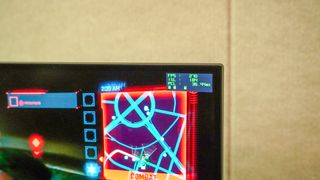
As you’ve seen in my own testing of Cyberpunk 2077 with this turned on, that means frame rates can spike to over 250 fps. Once this feature becomes available, we’ll revisit this testing across different games.
Initial verdict

What surprised me most is when looking at these numbers, I’m reminded that this is just the beginning. There is plenty of new neural rendering technology that developers are yet to jump on, which could see games looking even more incredible and running so much faster.
Of course, we can’t base a judgment on future promises, which is why I’ve opted to go down the route of telling you the numbers now before actually reviewing it when DLSS 4 patches drop.
However, I can say one thing for sure: if you already have an RTX 40-series GPU, the upgrade here isn’t necessarily going to be needed. Of course, if you’re someone that wants the best of the best and has the money to do so, knock yourself out. But a lot of these DLSS 4 features are coming to these older cards, and as you can see, every AAA game still absolutely sings on these cards.
One thing is clear, RTX 5090 is Nvidia’s statement about the future of gaming, and how AI is the path to truly next-gen visual quality and frame rate. Whether you agree with this or not is up to you, but I’m certainly on board.
More from Tom's Guide
- RTX 5070 gaming laptops will be my new gold standard — here's why
- Nvidia GeForce RTX 5090, RTX 5080, RTX 5070 Ti and RTX 5070 graphics cards are here — everything you need to know
- I just played games on Nvidia RTX 5090, and the hype is real — here’s why
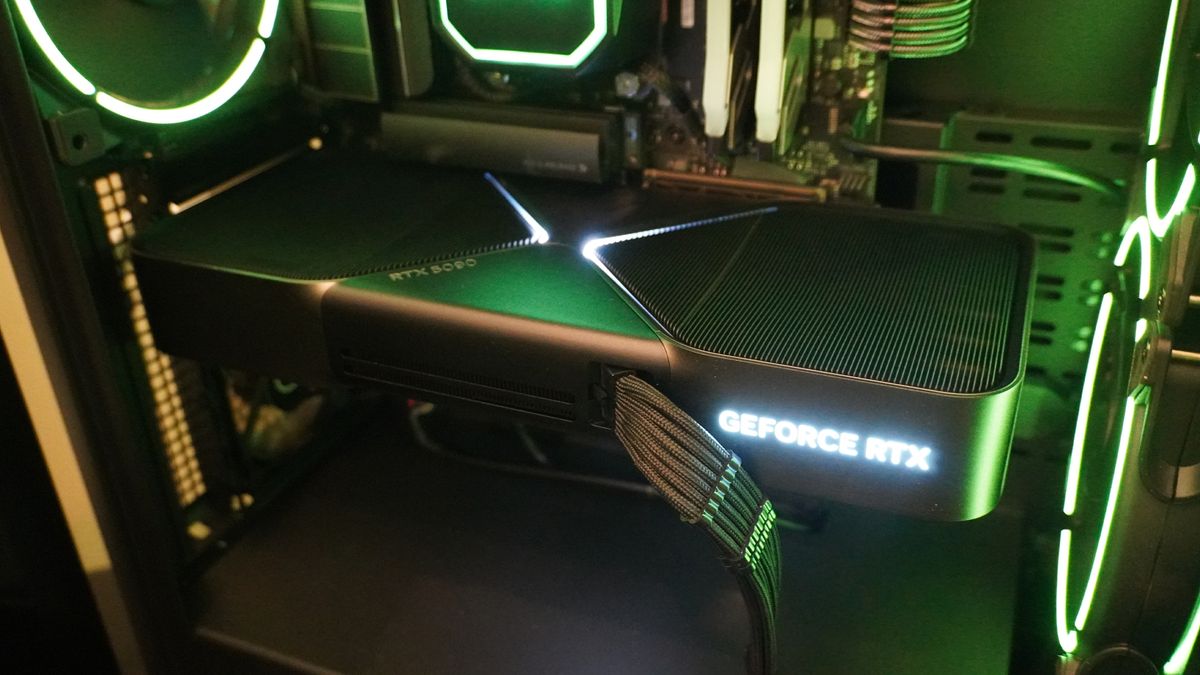

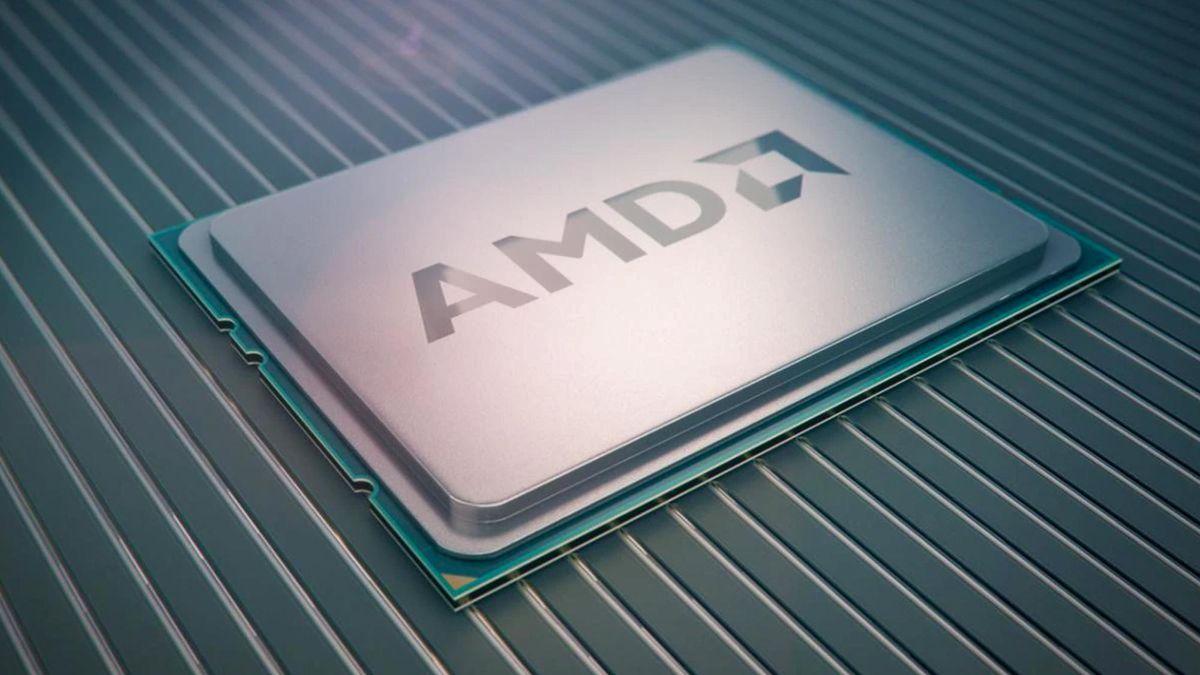




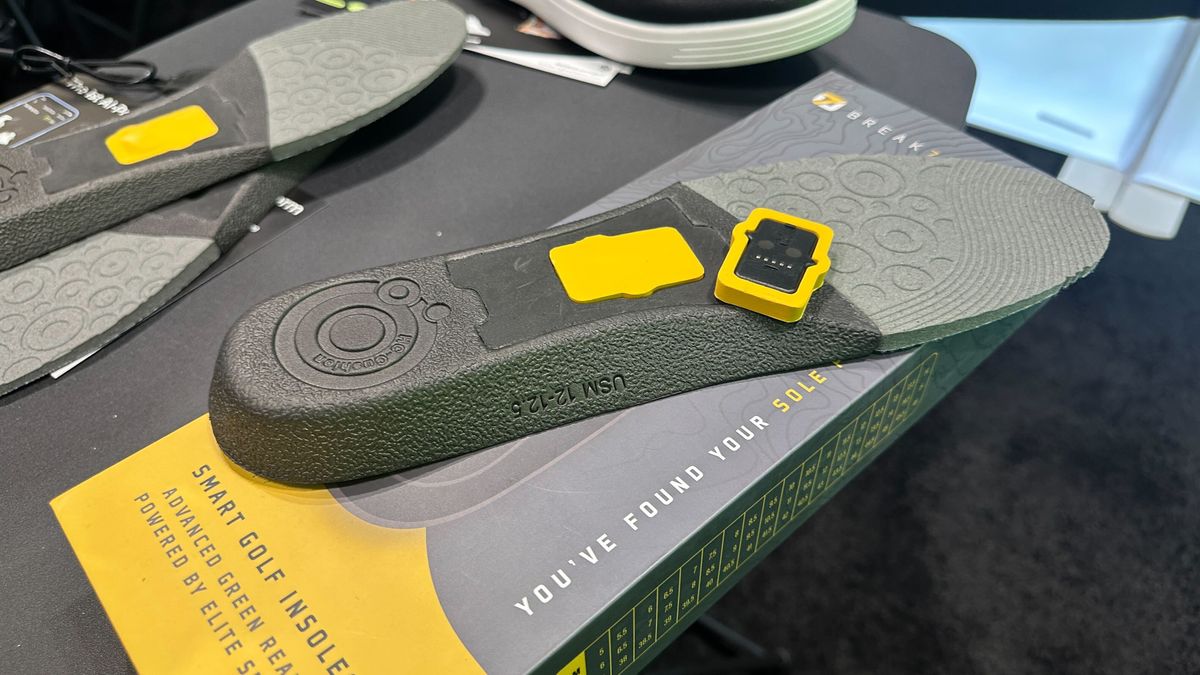
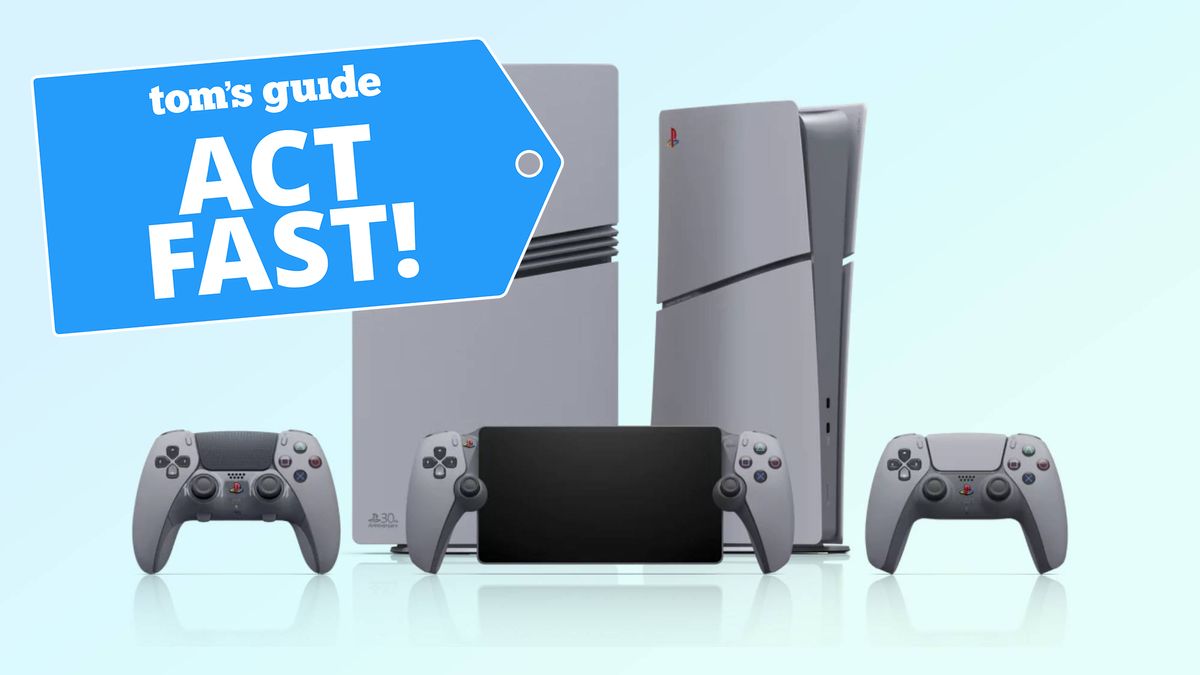












 English (US) ·
English (US) ·